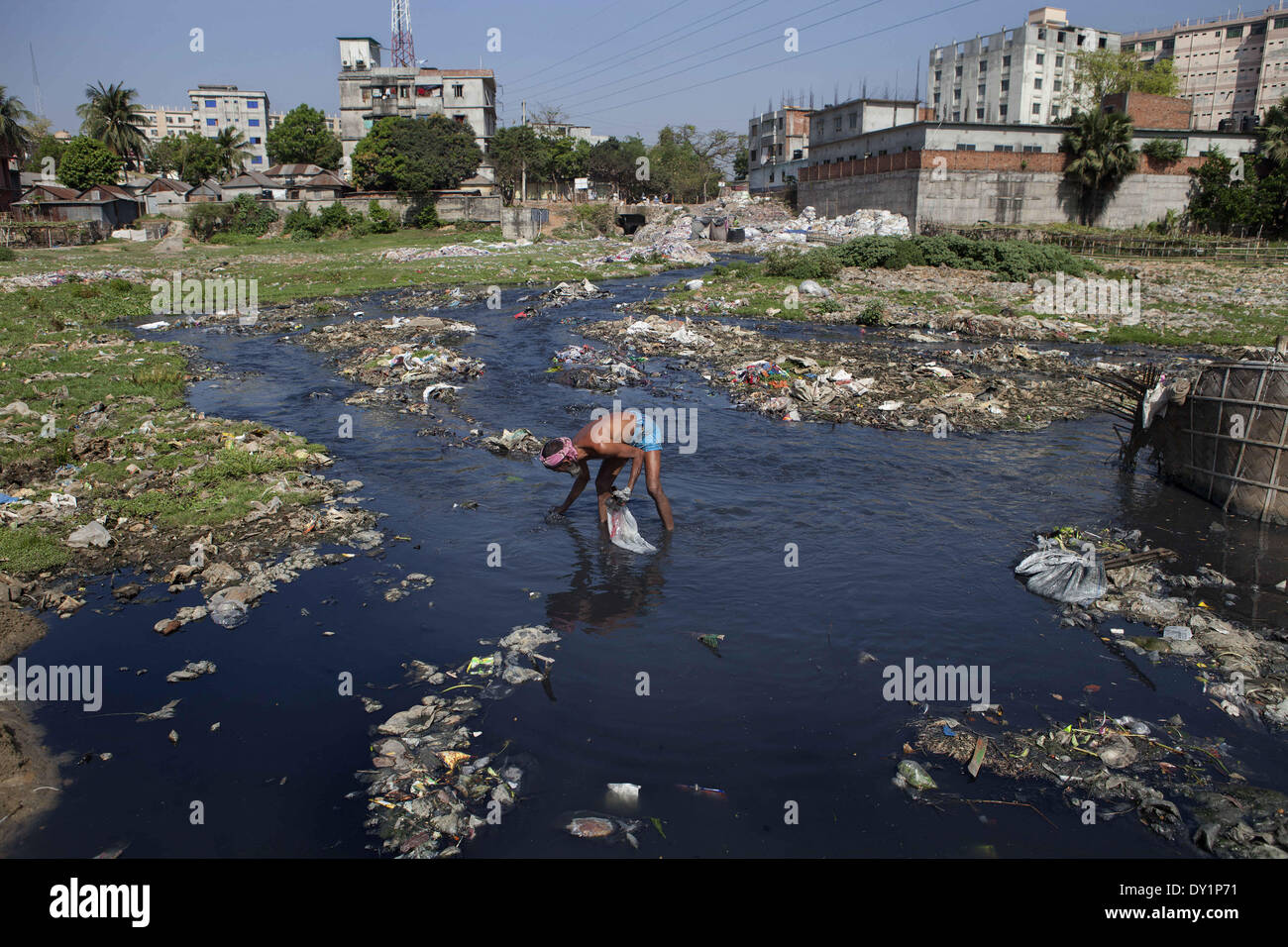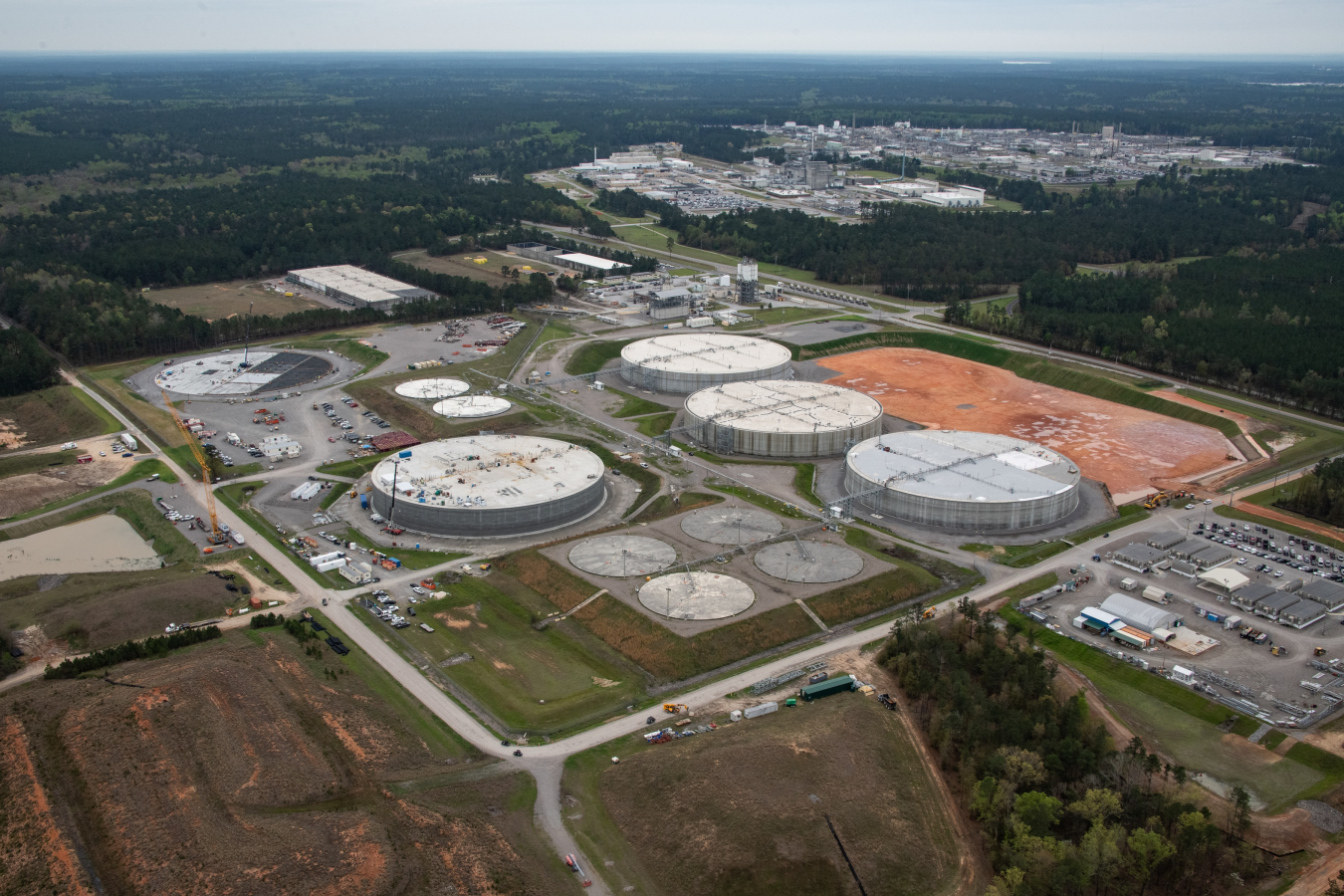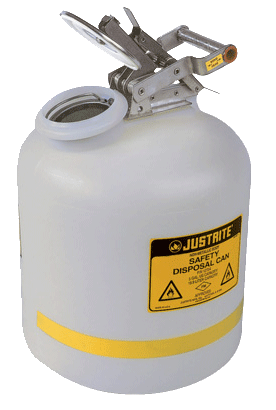Industrial Wastewater Treatment: Custom Solutions for Complex Wastewater Challenges
Just How Fluid Waste Disposal Functions: An In-depth Introduction of Methods and Technologies Employed

Introduction of Liquid Waste Kind
The intricacy of liquid waste types necessitates an extensive understanding of their attributes and ramifications for disposal. Fluid waste can broadly be categorized right into several kinds, including industrial, community, agricultural, and contaminated materials. Each classification exhibits distinctive residential properties, calling for specific administration approaches to mitigate ecological and health and wellness threats.
Industrial liquid waste originates from producing procedures and usually consists of a variety of pollutants, such as heavy steels, solvents, and organic substances. Metropolitan fluid waste, primarily comprising wastewater from households and business facilities, has natural matter, nutrients, and pathogens (industrial wastewater treatment). Agricultural liquid waste, consisting of overflow from farms, may include fertilizers, chemicals, and pet waste, posing dangers to water high quality and environments
Hazardous fluid waste is defined by its toxicity, reactivity, or prospective to trigger damage. Understanding these varied fluid waste types is vital for establishing effective disposal approaches and ensuring compliance with environmental guidelines.
Physical Therapy Methods

Testing is the preliminary step, where larger bits and debris are gotten rid of from the liquid waste making use of screens or grates. This process protects downstream tools from damage and ensures smoother operation. Adhering to testing, sedimentation makes use of gravitational force to different solids from liquids. In sedimentation storage tanks, larger bits work out near the bottom, creating a sludge layer, while the cleared up fluid can be more treated.
Filtration is one more vital method that entails passing the fluid through porous materials, such as sand or membrane layers, to catch smaller bits. This action boosts the high quality of the fluid, making it appropriate for succeeding therapy procedures.

Chemical Treatment Strategies
Chemical treatment strategies are vital for effectively handling fluid waste, especially in resolving dissolved and colloidal pollutants that physical methods may not adequately remove. These techniques utilize numerous chemical agents to reduce the effects of, speed up, or change unsafe materials right into much less harmful types.
One usual method is coagulation and flocculation, where chemicals such as alum or ferric chloride are included to advertise the gathering of suspended bits. This procedure improves sedimentation, permitting easier removal of the resulting sludge. Furthermore, oxidation procedures, employing agents like chlorine or ozone, are utilized to damage down intricate organic compounds and microorganisms, making the waste more secure for discharge or more treatment.
Neutralization is another vital strategy, which readjusts the pH of acidic or alkaline waste streams to neutral levels, avoiding prospective damage to downstream systems and the atmosphere. In addition, progressed oxidation procedures (AOPs) make use of mixes of oxidants and ultraviolet light to degrade persistent pollutants, achieving a higher level of treatment effectiveness.
Biological Treatment Processes
Biological treatment processes play a critical duty in the monitoring of fluid waste by making use of microbes to decay raw material and decrease contaminant degrees. These processes can be generally classified right into anaerobic and cardio treatments, each using specific microbial areas to attain effective waste destruction.
Aerobic therapy entails making use of oxygen to assist in the failure of organic products by bacteria. This procedure is commonly implemented in turned on sludge systems, where oygenation tanks supply a conducive environment for microbial development, causing the oxidation of organic pollutants. The resultant biomass can be divided from treated effluent through sedimentation.
In comparison, anaerobic treatment occurs in the lack of oxygen, counting on different microorganisms to break down raw material. This method is particularly helpful for high-strength waste, as it creates biogas, a renewable energy resource, while minimizing sludge production. Technologies such as anaerobic digesters are regularly utilized in metropolitan and commercial applications.
Both anaerobic and cardio biological therapies not only decrease the environmental influence of liquid waste yet likewise promote resource recuperation, making them important components of sustainable discover this waste management techniques. Their flexibility, performance, and efficiency sustain their prevalent implementation across numerous sectors.
Emerging Technologies in Disposal
Ingenious strategies to fluid waste disposal are quickly progressing, driven by advancements in technology and a raising emphasis on sustainability. Amongst these emerging technologies, membrane bioreactors (MBRs) have acquired traction for their capacity to incorporate biological treatment with membrane layer purification, causing high-grade effluent that can be reused in different applications. MBRs allow smaller sized impacts and much more efficient procedures contrasted to traditional systems.
Another promising development is making use of anaerobic food digestion integrated with nutrient recovery innovations, which not just deals with fluid waste however likewise produces biogas and recovers important nutrients like nitrogen and phosphorus. This double benefit enhances source efficiency and lowers environmental influence.
In addition, progressed oxidation procedures find more info (AOPs) are being embraced for the degradation of complex natural toxins. These techniques utilize powerful oxidants and drivers to damage down pollutants at the molecular level, offering a very efficient service for challenging waste streams.
Moreover, the assimilation of fabricated intelligence and device learning in waste monitoring systems is enhancing operational performance and predictive maintenance, bring about minimized costs and enhanced ecological hop over to here conformity. These technologies mirror a considerable shift in the direction of more lasting and reliable fluid waste disposal practices.
Final Thought
To conclude, effective fluid waste disposal demands an extensive understanding of different strategies and innovations. The integration of physical, chemical, and organic treatment techniques ensures the reliable monitoring of diverse waste kinds. Furthermore, the introduction of innovative innovations boosts treatment efficiency and promotes sustainability in waste administration techniques. By continuously progressing these methods, it comes to be possible to attend to the expanding challenges connected with fluid waste, ultimately adding to environmental defense and resource healing.
Liquid waste disposal is an essential facet of environmental management, requiring an extensive understanding of different methods and technologies customized to various waste types. Liquid waste can generally be categorized into numerous types, including commercial, community, agricultural, and unsafe waste. Agricultural liquid waste, including drainage from farms, might consist of fertilizers, chemicals, and animal waste, posing threats to water top quality and ecosystems.
Numerous physical treatment techniques play a vital role in handling liquid waste properly - industrial wastewater treatment.In verdict, reliable fluid waste disposal requires an extensive understanding of numerous methods and modern technologies